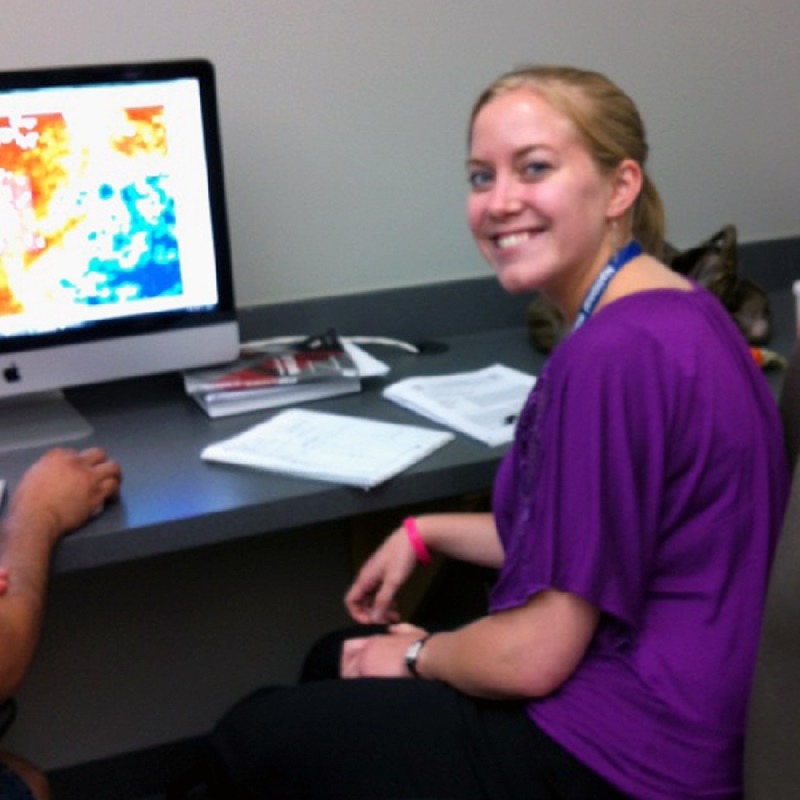May 21 - July 31

Evaluation of Precipitation Diurnal Variability by TRMM: Case of Pakistan's 2010 Intense Monsoon
Hannah Huelsing, Yang Hong, Sadiq Kahn, and Nicole Grams
What is already known:
- In 2010, Pakistan experienced intense flooding as a result of anomalous atmospheric conditions associated with the Asian Monsoon.
- Conditions leading to this event have not been established.
- Understanding the atmospheric patterns associated with the floods will assist with forecasting similar events.
What this study adds:
- The arrival of the 2005–2010 monsoon seasons exhibited a temporal pattern, correlating the occurrence of precipitation with convection type.
- The comparison of 2010 TRMM precipitation data with that of other years showed an increase in frequency of rainfall occurrence and intensity for 2010.
- Increase in precipitation in 2010 led to super-saturation of the soil and extreme run-off.
Abstract:
This study examines the spatial and temporal distribution of the Asian pre-monsoon (AMJ) and monsoon (JAS) seasons in Pakistan over the intense flood year of 2010. This is completed using Tropical Rainfall Measuring Mission (TRMM) 3-hourly data with a spatial resolution of 0.25° x 0.25° and comparing the rain rates from 2010 with those from 2005-2009. For better examination, the rainfall data was divided into four categories: the pre-monsoon seasons of 2005-2009, the pre-monsoon season of 2010, the monsoon seasons of 2005-2009, and the monsoon season of 2010. Both the pre-monsoon and monsoon seasons of 2010 showed an increase in rain rates associated with anomalous atmospheric conditions. The only spatial difference exhibited in 2010 was an increase in the intensity of rainfall at slightly higher elevations than normal, which can be attributed to the increase of moisture content in the atmosphere. Otherwise, a majority of the precipitation occurred along the Himalayan foothills in the northeastern region of Pakistan. The temporal shift between pre-monsoon and monsoon seasons was enhanced in 2010, showing the shift from the deep convection associated with severe storms to the strong, wide convection associated the Mesoscale Convective Systems.